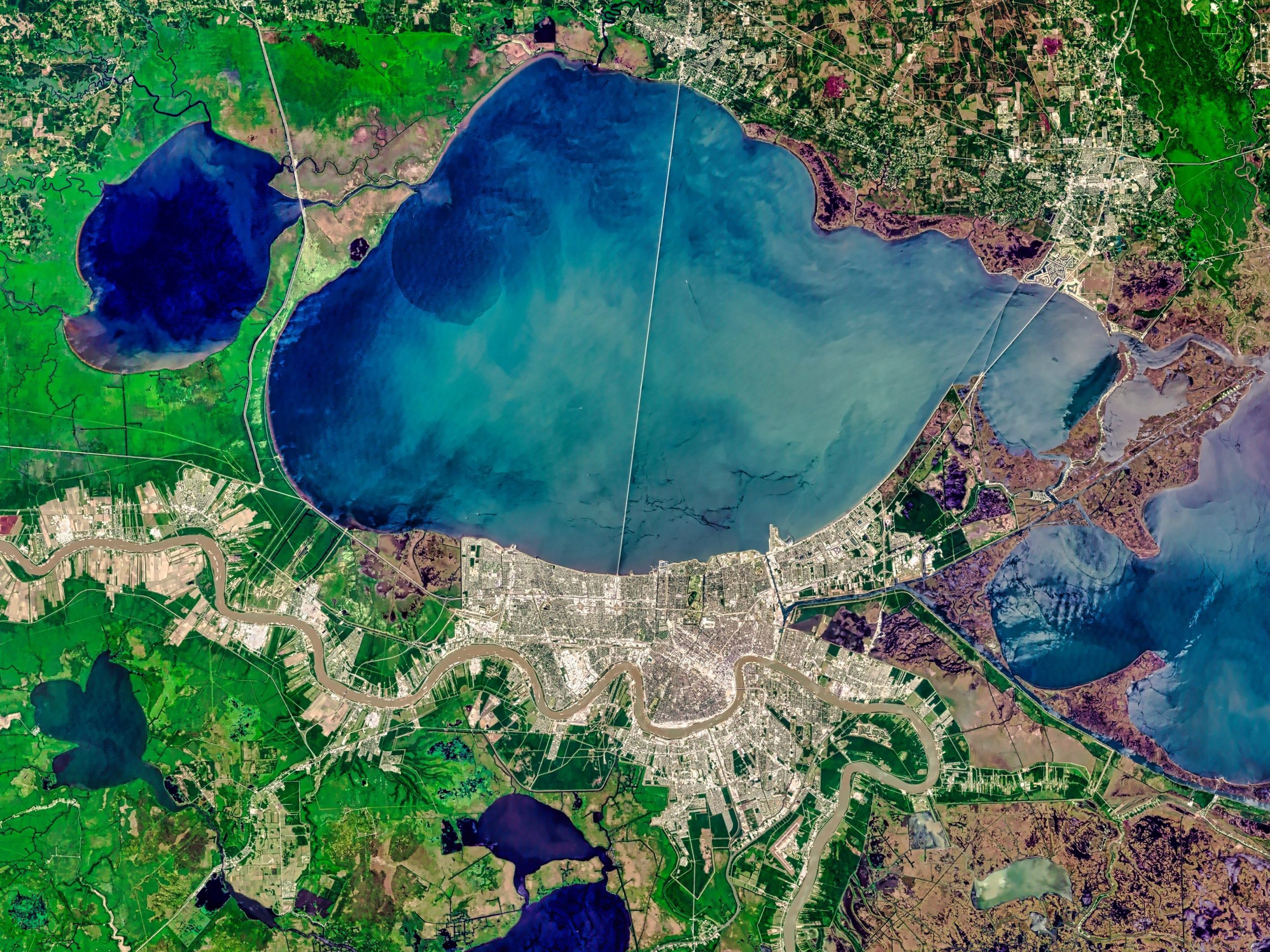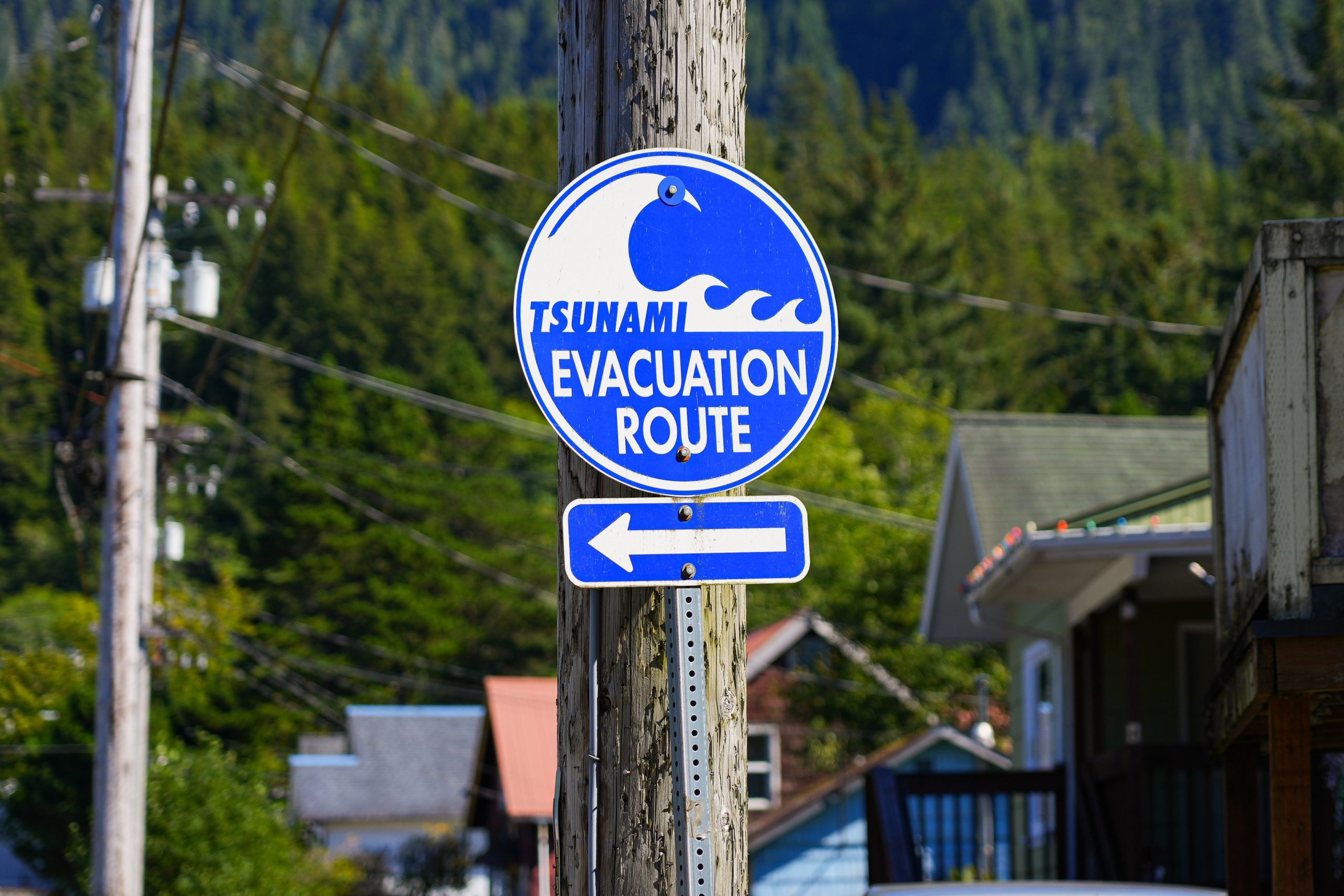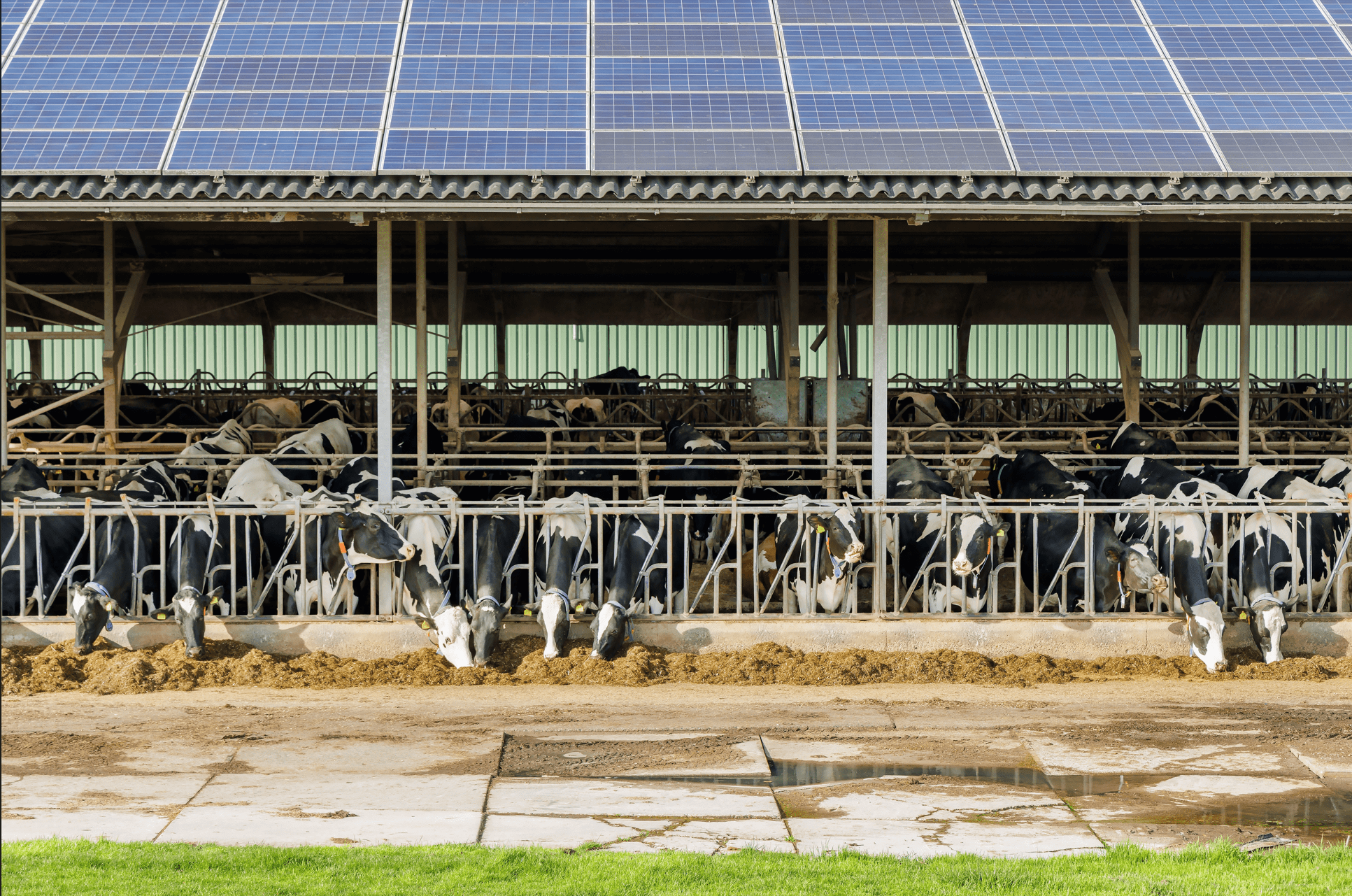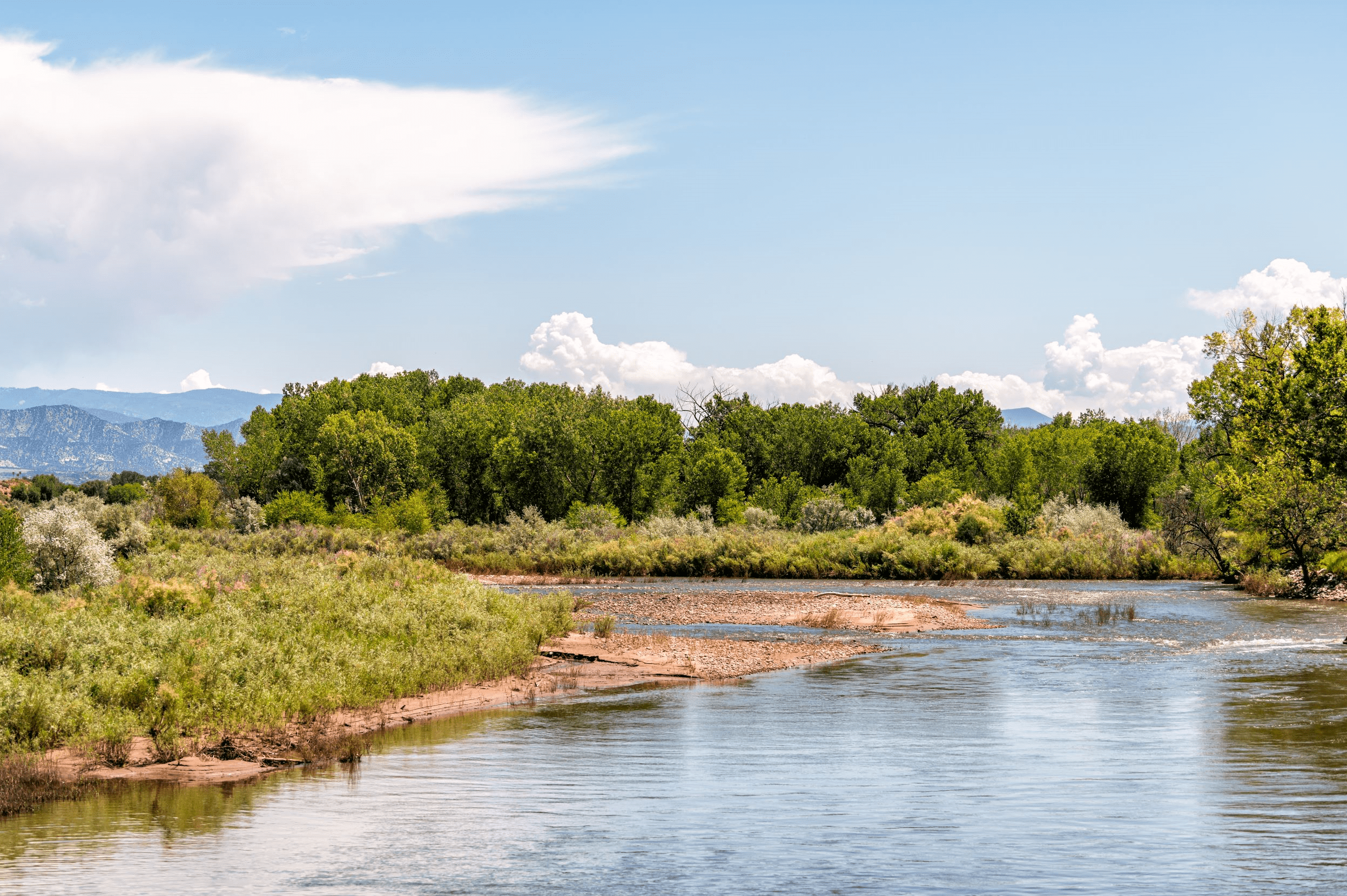
Water management faces unique challenges in the Western United States. Perennial drought has threatened supply, generated complex political disputes over management of the region’s water resources like the Colorado River, and has recently stymied monitoring tools. Infrastructure Investment and Jobs Act (IIJA) boosts funding for one of the federal government’s most substantive yet nimble water supply sustainability programs: WaterSMART.
The WaterSMART Grant Program was authorized in 2009 in the wake of the 2007-2009 California drought and is managed by the U.S. Bureau of Reclamation (USBR). While initially focused on providing water and energy efficiency grants to water conservation projects, the program currently envelops small-scale water efficiency, environmental water resources, large-scale water storage, water marketing, and more via seven USBR-specified sub-programs. Competitive grants and technical assistance are available to state, local, and Tribal governments, in addition to non-profits and utilities. The program has steadily grown overtime, with total program funding cresting $600 million in FY2023.
IIJA infused WaterSMART with $1.6 billion via six sub-programs, on top of its existing annual appropriations: Water Recycling and Reuse Projects ($550 million), Large scale water recycling and reuse projects ($450 million), WaterSMART Grants ($300 million), WaterSMART Grants for Public Lands ($100 million), Watershed Management Projects ($100 million), and Multi-benefit Watershed Health Improvements ($100 million) (Figure 1).
Figure 1: U.S. Bureau of Reclamation IIJA Funding, FY2022-2024
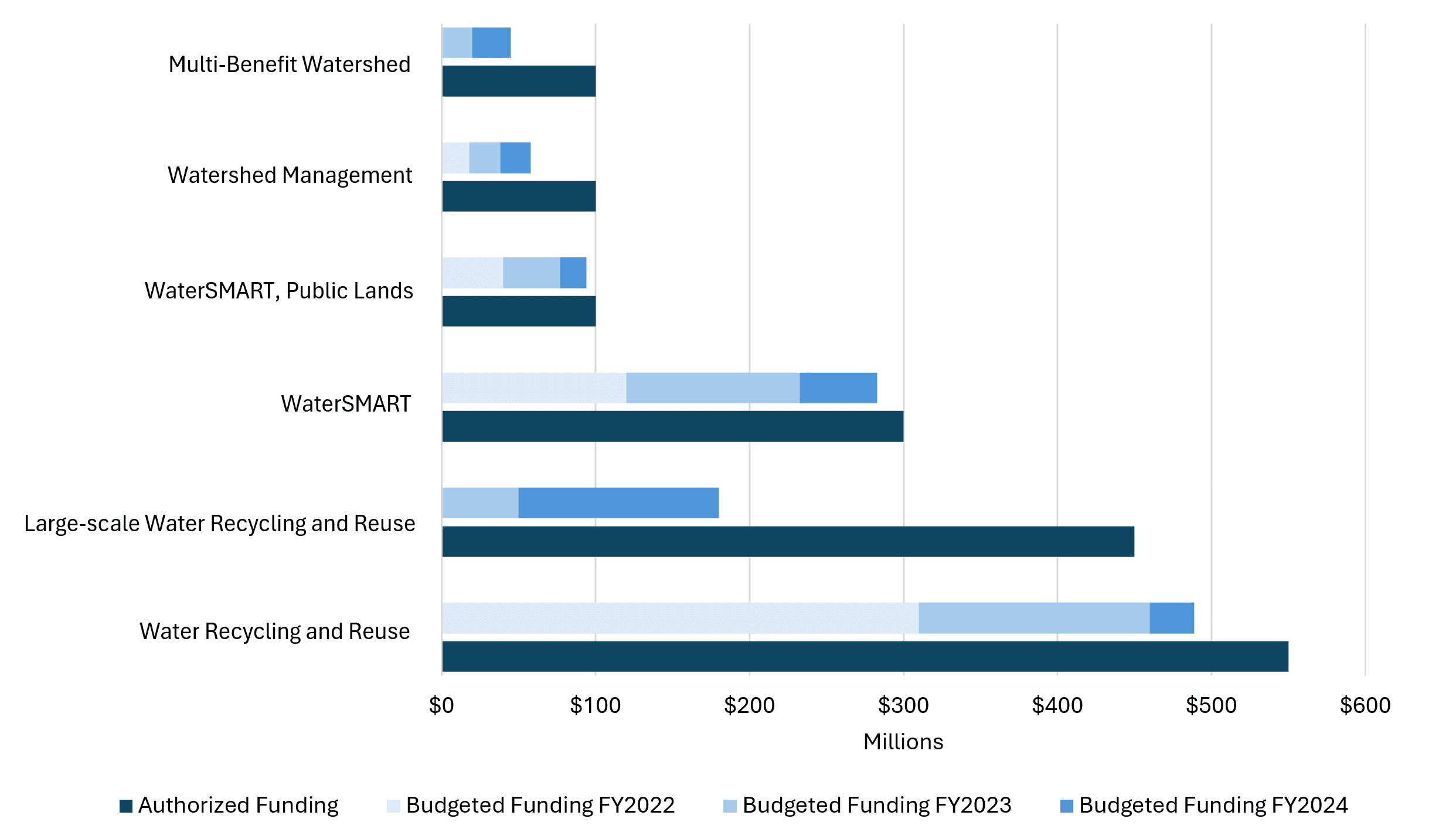
Source: U.S. Bureau of Reclamation
Three of the sub-programs are forecasted to expend nearly all of their authorized totals by the end of FY2024. The others — Multi-Benefit Watershed, Watershed Management, and Large-scale Water Recycling and Reuse — have over half of their funds remaining to award in FY2025 and beyond. Congressional appropriations for the program overall have remained steady since FY2020, except for an about 33 percent jump in spending in FY2023.
On the Opportunities Dashboard, these six programs are merged into four buckets: WaterSMART: Water Recycling ($1 billion), WaterSMART Grants ($400 million), Water SMART: Multi-Benefit Projects to Improve Watershed Health ($100 million), and WaterSMART: Watershed Management Projects ($100 million).
IIJA and non-IIJA are often used in combination with each other, and with non-federal funding via a range of federal cost-sharing agreements; federal cost-shares vary from 25 to 65 percent. The Outcomes Dashboard showcases $313 million in awarded projects to date. California has received almost a third of that bucket ($99.6 million, 31.9 percent), followed by Utah ($36.2 million, 11.6 percent), Colorado ($29.4 million, 9.4 percent), and Idaho ($28.6 million, 9.2 percent).
WaterSMART is a critical program for the West. Most of the other buckets of funding available for Western water projects are either specific, large projects — such as the $50 million Central Utah Project — or provide funding for a particular region — like the combined $350 million for the Colorado River Basin or the $167 million Ecosystem – Klamath Basin program. In contrast, WaterSMART’s average award sits at about $1.24 million. Over half of WaterSMART awards have gone to utilities and a third have gone to non-profits and local governments, all in smaller amounts. These indicate that WaterSMART is mostly being leveraged for targeted, smaller projects benefiting a local community in the West, making it an agile lever for decisive, localized action.
